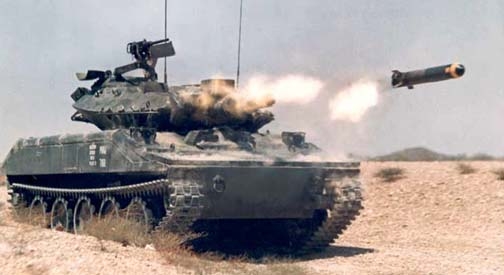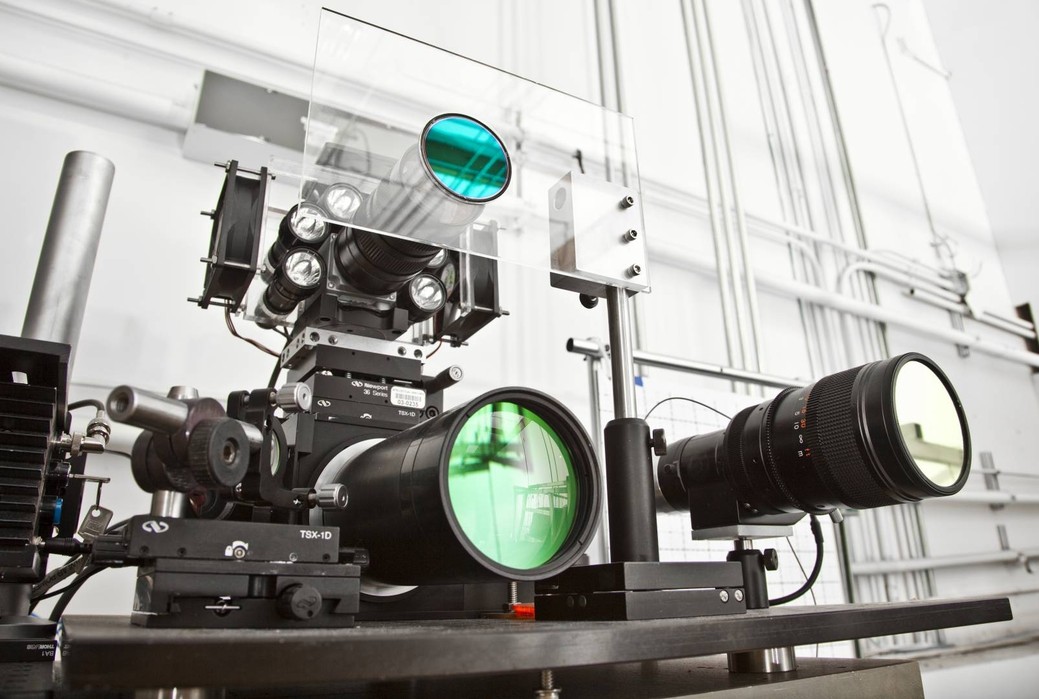
Space Marine Bolters: Putting the “Science” in “Science Fiction”
Of all the weapons used in the Warhammer 40,000 universe, the bolter is the most famous. One of the iconic images of the franchise, these terrifying weapons are wielded by the power-armored space marines to destroy Mankind's enemies. These heavy rifle-like weapons fire self-propelled .75-calibre rockets called bolts, each with an explosive payload designed to detonate after penetrating a target's armor. These weapons come in many varieties, including squad support and vehicle-mounted versions, and all are feared and respected by any foe who must face the space marines.
A gun that fires rockets or even missiles may seem far-fetched, but this type of system was already in development as early as the 1960s. An example of this research that made it into production was the MGM-51 Shillelagh weapon system. This weapon, designed to be used as the primary weapon for a new generation of battletanks, was built to fire conventional rounds and launch specially-built missiles. This weapon system was most notably mounted on the M551 Sheridan tank, and was created after concerns were raised that improvements in tank armor would make all but the largest guns ineffective. The idea was to create an effective long-range anti-armor weapon, and the hope was that it could eventually be used to attack helicopters and other low-flying aircraft as well. The idea was intriguing, but problems with the size of the missiles, issues with their guidance systems, and reliability problems with the guns themselves meant that most tanks equipped with this weapon system relied on conventional rounds and were not even equipped with the missiles. In all, it is believed that less than a dozen of these missiles were ever fired in combat. Several other gun-launched missiles have been created for use in battle tanks, like the Russian Svir, but none have been successful enough to replace conventional shells.
The Shillelagh was not the only attempt to create a rocket-firing gun that came out of the 1960s, however. A series of handheld rocket-firing weapons called gyrojets were also built during roughly the same timeframe. These weapons were similar in operation to the space marine's bolter: a pistol, carbine or rifle that fired a self-propelled shell, but failed to live up to their promise of revolutionizing warfare. One of the main reasons for this was that the weapons attempted to introduce too many changes from conventional guns at once. Besides the use of self-propelled rounds, gyrojet weapons used a novel firing system: a hammer struck the round from the front in order to drive it onto the firing pin. The spin-stabilized rocket ammunition had problems of its own, mainly due to poor quality control when it was manufactured. These issues included a susceptibility to moisture, clogged vents causing severe accuracy problems, and many rounds simply failing to ignite at all. The main advantages of the gyrojets were that the weapons were light, and when the ammunition worked properly it had high accuracy and stopping power to a long range, although this advantage was partially outweighed by the time it took each round to reach full velocity, as the rocket motor took some time before it reached high enough velocity to even penetrate cardboard. A few gyrojet pistols and rifles were sent to Vietnam with American troops, but they were of little use there, and now they are mainly seen as valued collectors' items rather than the groundbreaking weapons they were meant to be.
There are some advantages to guns that fire self-propelled rounds, especially with modern miniaturization and computer technology, but the failures of previous attempts at  creating these weapons have mainly prevented further attempts. So far, it also seems that the possible advantages of such a weapon do not merit further research when conventional firearms serve well enough and are made mostly for target shooting. The advent of such breakthrough technologies as guided bullets have likely put the nail in the coffin of this type of weapon, as it seems like most of the advantages of a self-propelled round can be achieved without the problems inherent in them.
creating these weapons have mainly prevented further attempts. So far, it also seems that the possible advantages of such a weapon do not merit further research when conventional firearms serve well enough and are made mostly for target shooting. The advent of such breakthrough technologies as guided bullets have likely put the nail in the coffin of this type of weapon, as it seems like most of the advantages of a self-propelled round can be achieved without the problems inherent in them.













